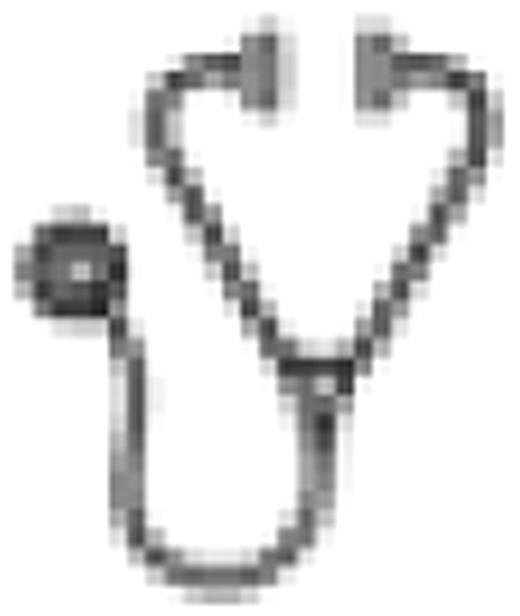Abstract
Hematopoietic stem cells (HSCs) comprise the base of the entire hematopoietic system and alone possess the ability to both self-renew and differentiate into all mature blood lineages, thereby maintaining immune function, tissue perfusion and hematopoietic homeostasis. HSCs are therapeutically valuable for the treatment of hematological malignances, immunodeficiencies and bone marrow failure. Prostaglandin (PG) E2 has been shown to enhance HSC engraftment in allogeneic murine transplantation models by our lab (North et al., Nature 2007) and others (Hoggatt et al., Blood 2009); PGE2 was additionally found to influence the balance of apoptosis and proliferation in the HSC population via modulation of wnt activity (Goessling et al., Cell 2009), and to modify CXCR4-responsive homing to the hematopoietic niche following transplantation (Hoggatt et al., Blood 2009). In order to translate the therapeutic potential of a stabilized version of PGE2, dmPGE2, we sought to determine the safety and efficacy of ex vivo dmPGE2 exposure in human cord blood (hCB) stem cells. Compared to matched control cord samples, no significant negative impact on hCB cell viability was observed following dmPGE2 treatment (10?M for 1 hour) using either fresh or frozen cord blood units; of note, the CD34+ stem and progenitor compartment seemed particularly able to tolerate the treatment protocol. To determine whether dmPGE2 treatment was not only safe, but potentially valuable for preserving hCB cell viability, apoptosis was measured by FACS analysis for 7AAD and AnnexinV in pooled CD34-enriched (CD34+) hCB samples treated in parallel with 1?M dmPGE2 or the vehicle control (DMSO); at 6 and 9 hours post exposure, cells treated with dmPGE2 showed a significant reduction in apoptosis compared to controls. Cell proliferation assays confirmed results seen in prior murine studies and demonstrated that dmPGE2 not only suppressed apoptosis, but enhanced HSC self-renewal. To determine if dmPGE2 exposure altered the functional characteristics of human cord blood samples, in vitro culture assays were conducted; pooled CD34+ samples were exposed over a time series (12 and 30 mins, 1, 3, 6 and 12 hours) to the vehicle control and dmPGE2 (1?M) then plated at limiting dilutions (2000, 800, 320). A significant 2-fold enhancement in total colony number (p<0.001) was found following dmPGE2 treatment of hCB cells. We have recently shown that PGE2 signals through cAMP to regulate wnt mediated control of HSC formation and function both in vitro and in vivo (Goessling et al., Cell 2009); to determine whether hCB cells increase cAMP activity in response to dmPGE2 treatment, fresh whole human cord blood units were exposed to increasing concentrations of dmPGE2 for 5, 15 and 30 mins, and intracellular cAMP levels were measured by chemiluminescence. dmPGE2 caused a dose-dependent increase in cAMP concentration, comparable to that of the known cAMP activator forskolin. Further, qPCR analysis of dmPGE2 treated CD34+ hCB cells demonstrated up regulation of camp-responsive elements, as well as genes indicative of wnt pathway activation (AXIN1), HSC induction (RUNX1) and homing (CXCR4). dmPGE2 was previously shown to enhance the multilineage serial transplantable long-term repopulating ability of murine HSCs (North et al., Nature 2007). To mimic clinical transplantation protocols, which typically utilize unmanipulated (non-lineage depleted, non-CD34 enriched) samples, fresh whole cord blood samples were employed for the initial xenotransplantation studies. Ex vivo dmPGE2 treatment significantly enhanced the number of engrafted recipients compared to matched controls (27/46 vs 13/42; *p=0.01) in comparative transplantation assays; use of purified CD34+ hCB cells for transplantation confirmed the effect of dmPGE2 on HSCs. These data suggest that treatment of hCB products with dmPGE2 will be both safe and effective in achieving expansion of HSCs for transplantation in the clinical setting; an FDA- approved phase 1 clinical trial evaluating dmPGE2 (FT1050, Fate Therapeutics) for this purpose is currently accruing patients at Dana-Farber/Partners Cancer Center.
Goessling:Fate Therapeutics: Consultancy, Patents & Royalties. Zon:FATE Inc: Consultancy, Equity Ownership, Membership on an entity's Board of Directors or advisory committees; Stemgent: Consultancy. North:Fate Therapeutics: Consultancy, Patents & Royalties.

This icon denotes an abstract that is clinically relevant.
Author notes
Asterisk with author names denotes non-ASH members.

This feature is available to Subscribers Only
Sign In or Create an Account Close Modal